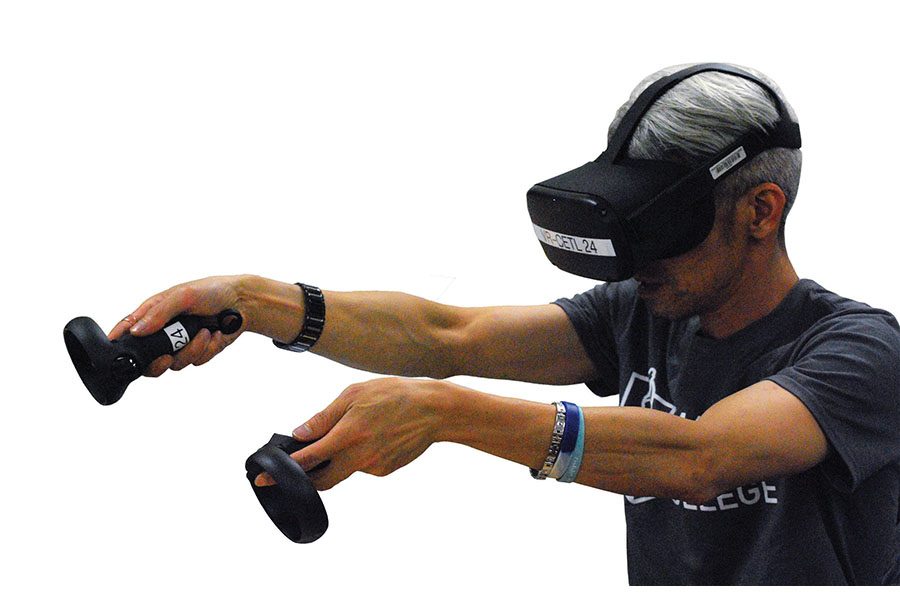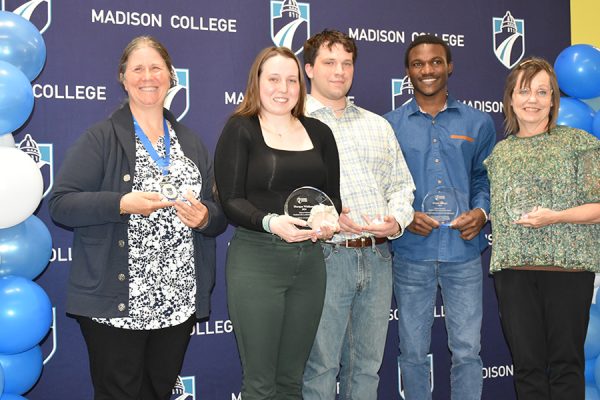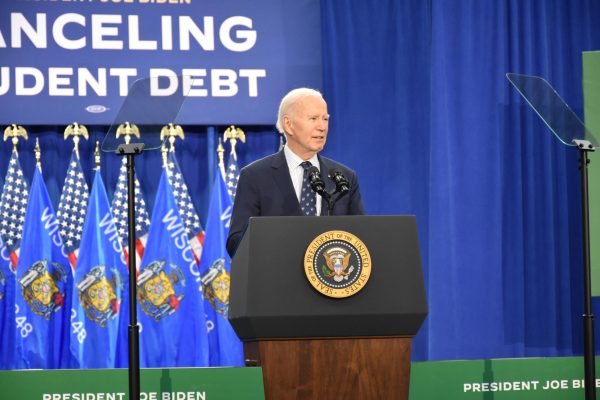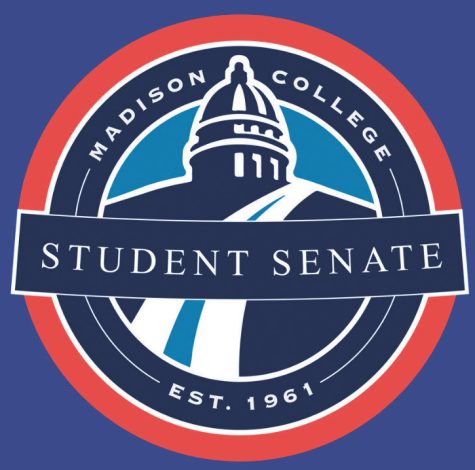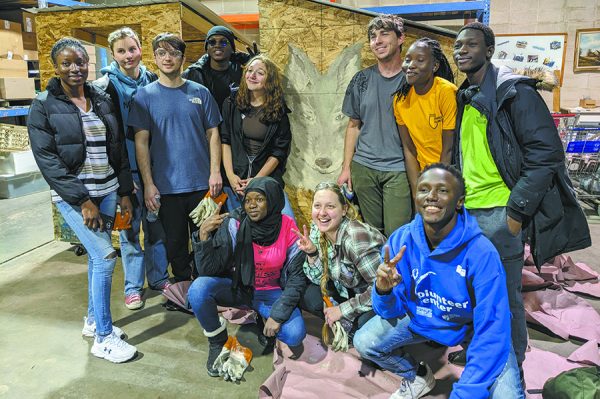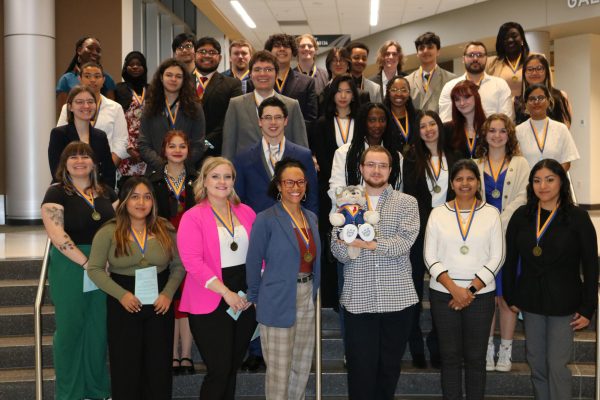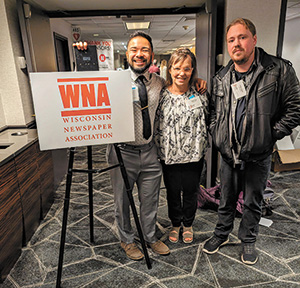Virtual reality
October 16, 2019
A virtual reality (VR) classroom is no longer just a cool idea, it’s something that Madison College students in the Digital Innovations class will be able to experience.
Recently the college purchased 25 Oculus Quest VR headsets through an innovation grant for students to use. The VR headsets include the Oculus goggles along with two hand held remotes that go around the wrists. The remotes also have three different buttons along with a trigger button to be used by your index finger.
Students will take the headsets home for three weeks and be the guinea pigs of the college to see if VR could be used as a new medium for having class.
The idea of having a class in virtual reality is nothing new as Marketing Instructor Steve Noll who teaches the digital innovations class said.
“This is not science fiction. This stuff already exists, it’s a matter of scaling it up to that scale.”
The scale is having an entire class that will take place in virtual reality. On the last day of class students will not go to the physical classroom but instead be somewhere else and meet up in a virtual reality space to have class.
“I believe we’re going to be the first school in the nation if not the world to actually hold a class, an accredited class in VR,” said Noll.
Oct. 7 was the first time that students got to use and experience the headsets.
As guinea pigs, class students had to figure out how to turn them on, pair them with their phones, learn how long do the goggle batteries last (about two hours) and how to navigate the menus to get to specific apps and features.
There were several different apps for students to use, of course the more exciting ones, cost money, but students could go fishing, play with a VR pet or play a game called Beat Saber.
Beat Saber is a mix of dance video games with Guitar Hero. You have a red and blue light saber that you use to hit red or blue beat blocks that fly at you. The more advanced levels have you side stepping obstacles while forcing you to use your sabers on your offside.
Students could also play VR poker with people on the other side of the world (no actual money was gambled away). They could talk to people during play, possibly making new friends that they could interact with later when they take the headsets home.
Another cool feature was students could use the goggles to see the classroom. When using this feature, it’s called mixed reality, a combination of both the real world and virtual reality. Chairs, tables and other people were all visible. It was accurate to within about an inch of the real world.
As of right now the 12 week digital innovations class only uses the headsets for three weeks, but unlike other classes around the world that have used VR for specific lessons, the VR in the digital innovations class is the center piece. The hope is that one day the college can scale up to have an entire class that is virtual reality.
The college has online classes and telepresence classes, but those are still limited in how they are able to deliver content. In the VR space students can still ask questions everyone can still hear each other through their headsets and instructors can call on students that have their hands raised. The sound is spatial as well, the closer you sit, the louder the lecture will be, further away, will be quieter. Lectures can also be recorded for students to come back to later.
In addition to that students will be able to create their own avatars – creating an image they want for themselves – they will also be able to use emoticons like hearts, smiley faces, and clapping as a way to interact in the VR space.
VR could provide students with the ability to go to class even if they are physically unable to like a disability, along with other social interaction issues.
“If you have somebody that has stress issues about their appearance, about their height or their weight or anything,” said Noll of allowing students the freedom to interact within a classroom setting that may not be able to otherwise.
The main hope is to keep Madison College students up to date with the technological advances while providing a learning opportunity.
“I don’t want the students to be left behind I want the students to be out in front, and I think they will be,” said Noll.

